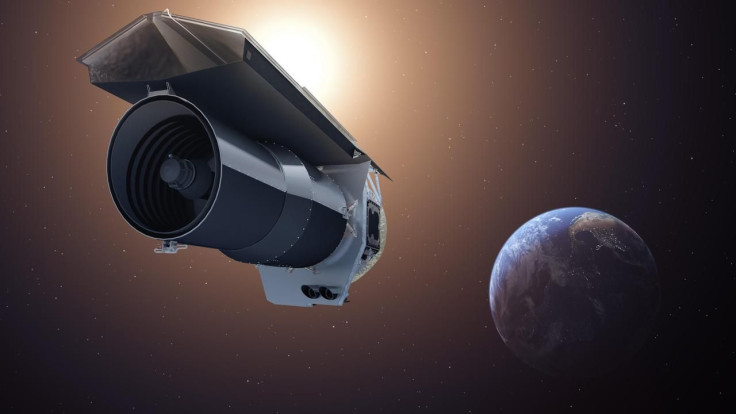NASA Prepares To Shut Down One Of Its Great Space Observatories

KEY POINTS
- NASA will deactivate the Spitzer Space Telescope Next Week
- Spitzer is part of NASA's Great Observatories program
- NASA will hold an event to celebrate Spitzer's mission
NASA is preparing to end the last mission from its Great Observatories program. This week, the agency will host an event to officially say goodbye to its Spitzer Space Telescope.
Spitzer was officially launched by NASA on Aug. 25, 2003, through the Delta II rocket. It is one of the four large and powerful satellites launched by NASA as part of its Great Observatories program. Its main goal is to observe the various cosmic events, objects and structures in the universe.
Aside from Spitzer, the other satellites featured in the program are the Hubble Space Telescope, the Compton Gamma Ray Observatory and the Chandra X-ray Observatory.
Spitzer is the last satellite that was launched as part of the program. Since the start of its mission, the orbiting observatory has been providing stunning infrared images of different cosmic objects in space.
After about 16 years in space, NASA is now preparing to deactivate Spitzer, which will officially take place on Jan. 30. To mark the event and to commemorate the observatory, NASA will host a special event this week.
The event will take place on Jan. 22 and will be broadcasted live through various platforms including YouTube, Facebook, NASA Television and Twitter. It can also be viewed through NASA’s website starting at 1 p.m. EST.
The upcoming event will mainly feature speakers from various fields such as Paul Hertz, the Astrophysics Division Director for NASA and Mike Werner, the project scientist for Spitzer.
According to NASA, it has decided to end Spitzer’s mission in January while it is still fully functional. This way, the agency will be able to end the mission in a controlled manner.
Bolinda Kahr, the mission manager for Spitzer, previously noted that deactivating Spitzer deliberately is much better than losing the satellite due to a serious issue or anomaly.
“There have been times when the Spitzer mission could have ended in a way we didn't plan for,” she said in a statement last year. “I'm glad that in January we'll be able to retire the spacecraft deliberately, the way we want to do it.”
© Copyright IBTimes 2024. All rights reserved.





















